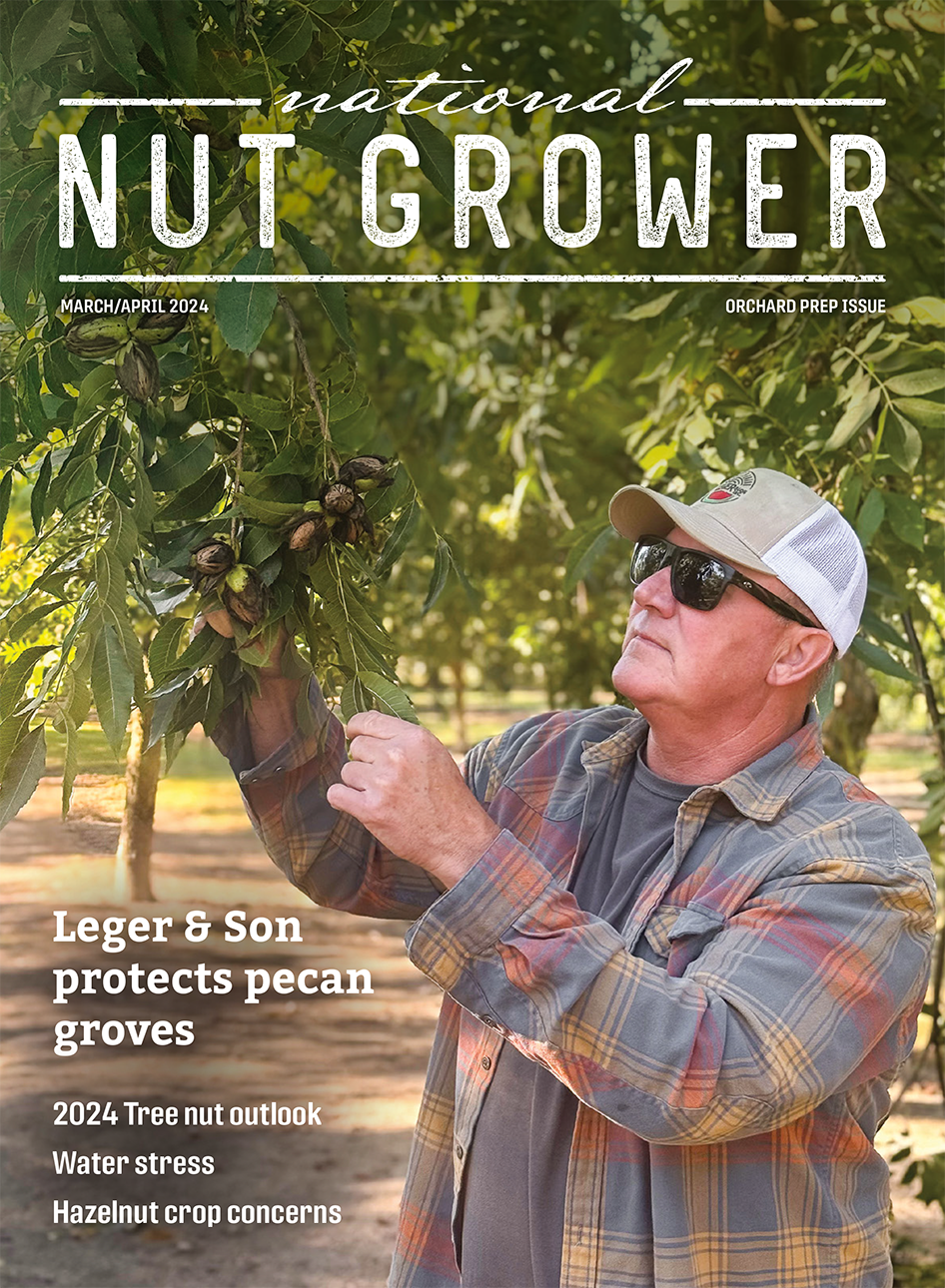
Aug 25, 2021Wildfires, smoke put farm employers on high alert
California’s hot summer growing season and an ongoing drought feeding out-of-control wildfires pose challenges for farm employers. The 700,000-acre-and-counting Dixie Fire and the devastating Caldor Fire have conspired to funnel smoke in agricultural production areas just as summer temperatures have soared into triple digits.
These conditions invoke two regulations that farm employers – perhaps preoccupied with COVID-19 mandates imposed by our state government—may have lost sight of. They must follow regulations designed to protect employees from the dangers of excessive heat and wildfire smoke.

No California farm employer should be surprised that Cal/OSHA compliance officers are actively enforcing a standard that should be at top of the mind when temperatures routinely exceed 90 degrees. We’ve kept our regular readers of Farm Employers Labor Service’s FELS Newsletter, which I edit and FELS produces as a service to our subscribers and clients, informed. And I weighed in recently on this page on handling the sweltering summer (“Summer heat means time for shade, water and rest,” Ag Alert, Page 2, July 14).
Additionally, the Cal/OSHA smoke standard requires remedies when employees are exposed to air quality of 151 or greater on the air quality index (AQI) for the presence of PM2.5 for more than one hour. They must move work into environments with filtered air if possible. Or, if feasible, employers must reschedule work to a time of better air quality or provide employees with approved particulate respirators under voluntary-use rules.
The voluntary-use requirements mean it is not necessary to fit-test and medically evaluate employees who choose to use a provided N95 respirator. That’s a reasonable recognition on the part of the standard’s proponents of the practical impossibility of fit-testing and medically evaluating 400,000 farm employees at work during California’s peak agricultural seasons.
However, employers must train employees using information provided in the standard’s Appendix B about proper respirator use and the hazards of wildfire smoke, presumably to encourage employees to use employer-provided respirators when the AQI exceeds 150.
And if the AQI for PM2.5 exceeds 500, employers are required to provide respirators in accordance with requirements of the general industry respirator use rule (including fit-testing and medical evaluation of respirator users).
Unrelated to smoke, there are other Cal/OSHA regulations that farm employers should be aware of. They include the night-work regulation (or as Cal/OSHA designates it, “Outdoor Agricultural Operations During Hours of Darkness”).
The night-work standard applies between sunset and sunrise. The basic rules are not complicated, but they will require some verification and record-keeping to demonstrate compliance, procurement of a light meter (these are widely available for less than $100) and high-visibility clothing for employees. Employers must provide minimum levels of light, and this can be done through area lighting or lighting on an employee’s person (like a headlamp). Here are some situational examples for the amount of light required:
• Three foot-candles in meeting areas or areas where employees take meal periods or rest breaks.
• Five foot-candles for tasks not involving the use of knives or other cutting tools.
• Ten foot-candles for tasks involving knives or cutting tools or working around moving machinery or machinery parts.
• Twenty foot-candles for equipment maintenance.
Employers covered by the night-work standard must furnish employees with high-visibility garments (referred to as “Class 2” garments), which could be a vest, jacket, T-shirt or other item depending on conditions, and ensure employees wear them when working at night. Employers are also required to conduct a safety meeting at the start of each night-work shift to inform employees about the location of restrooms, drinking water, designated break areas, nearby bodies of water and high-traffic areas.
Meanwhile, when it comes to heat, farmers have worked with employees over the last 15 years to provide enhanced protection through implementation of the Heat Illness Prevention Standard, frequently beginning work very early in the morning and concluding the workday before the hottest afternoon temperatures. They have also discovered benefits of working at night. In addition to simplifying compliance with the Heat Illness Prevention Standard due to cooler temperatures at night, working at night can protect the quality of some commodities, particularly winegrapes.
As a service to FELS Newsletter readers, this month’s issue includes FELS Tailgate Safety Training sheets covering all three of these topics. You can learn more about subscribing to the FELS Newsletter at www.fels.net/1/fels-services/annual -subscription-services.html.
While there is no substitute for thorough training—which we hope you conducted before the onset of hot weather, the wildfire season and undertaking night work – these tailgate safety training sheets are a valuable resource that we’re pleased to make available.
– Bryan Little is director of employment policy for California Farm Bureau and chief operating officer of Farm Employers Labor Service, a Farm Bureau affiliate.







